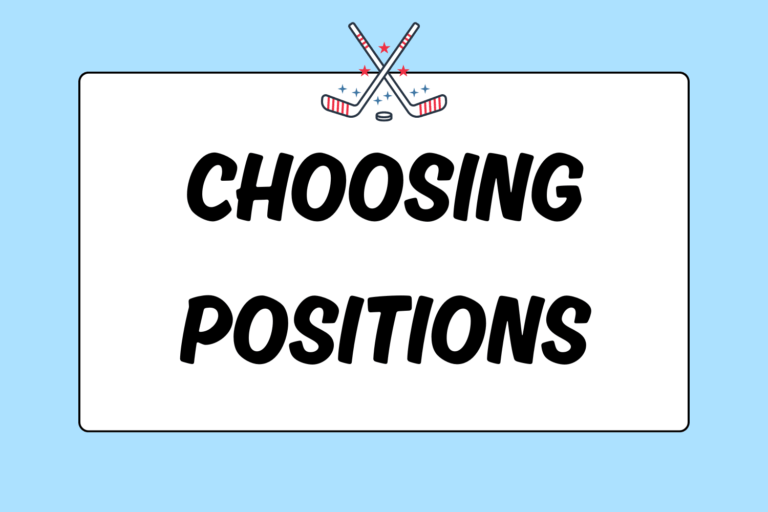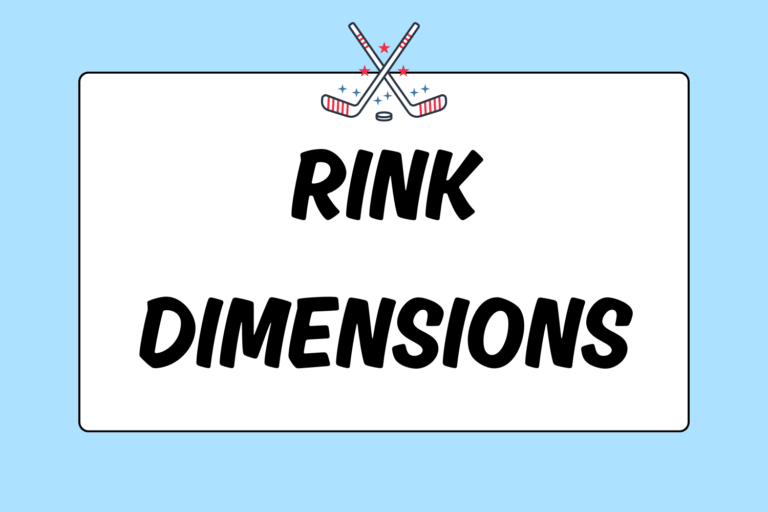Managing ice time can be one of the hardest aspects of coaching a hockey team. Coaches deliberate whether they should play their best players the most, or if they should reward their hardest workers with some extra minutes. There’s no surefire way to get it right, but this guide explains some strategies for running lines and managing ice time.
Equality versus Merit
In very low-level hockey, every player on the team should log roughly the same amount of minutes. When the players are around 10 years of age or younger — and the competition is low — there’s no reason to drastically skew the playing time in favor of the more talented players. At this age, ice hockey should be more about having fun than winning.
However, as players get older and more talented, the level of competitiveness will rise. At this point, coaches should consider giving more playing time to the more skilled players on the team. Coaches should also take into account that a potential boost in ice time can often bring out the best in players; competing for more playing time generally motivates players to perform well.
Have a Game Plan
In the days leading up to a game, coaches should pay close attention at practice. See which players are trying the hardest, as well as which players seem to be having the most success in drills and scrimmages. By no means should you write down how much you think every player should play, but it doesn’t hurt to have a general plan. As your upcoming game nears, take mental notes of the players that stand out during practice, and who’s earned a bit more ice time.
Know Your Players
Ice hockey is a very situational game. While your most skilled player might generally thrive the longer he stays on the ice, it’s sometimes best to pull your star onto the bench. A good coach knows not only who his best players are, but also how his players perform in certain situations.
Consider the Score
When up by two or three goals late in the game, having the most gifted goal scorer or offensive-minded defenseman log extra minutes isn’t the best strategy. When protecting a lead, give extra minutes to defensive defensemen and two-way forwards.
Conversely, if you’re down a crucial goal (or two or three), consider pulling your best defenders off of the ice. Give some extra ice time to an offensively-gifted — though defensively-challenged — player or line. Desperate times call for desperate measures.
Play the Matchups
The ice time you give to a player can also be bolstered by how well he matches up against the current opponent. Perhaps you have a lumbering defenseman who’s generally an average player, and thus earns average ice time. However, he might be exactly the type of player who gives fits to the opposing team’s undersized star forward. Even though he’s not a star player, his favorable matchup might earn him some extra minutes and allow him to thrive. Take into account your personnel and the personnel on the opposing bench when divvying playing time.
“Really the team often will take on the personality of its coach.”
Mark Messier
Six-time Stanley Cup Champion
Reward Hard Work
Your players should know that not only can they affect their playing time by practicing hard, but also by playing hard. If your third or fourth line is playing better than the first or second line, don’t hesitate to give them more shifts than normal. This extends to special teams as well: If a grind line is leaving everything on the ice in a lopsided game, and their effort earns your team a power play, consider giving the grinders some time on the man-advantage.
Game Time
Let your players know what traits you’re looking for when deciding how much everyone will play. If you’re upfront about how you determine lines, your players will work harder to get more ice time. This added effort can only help your team; the more each player tries, the better the team will do.





